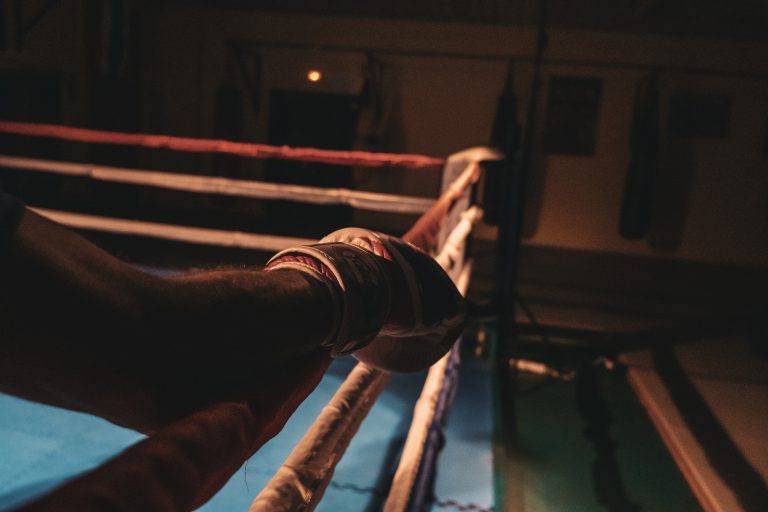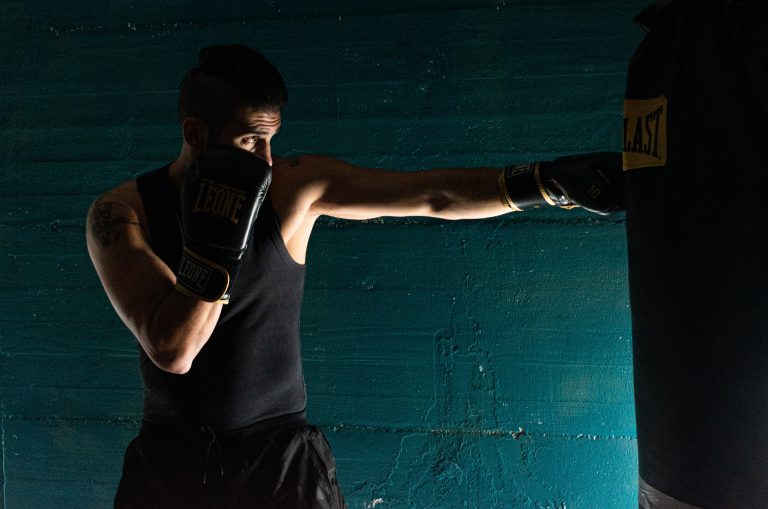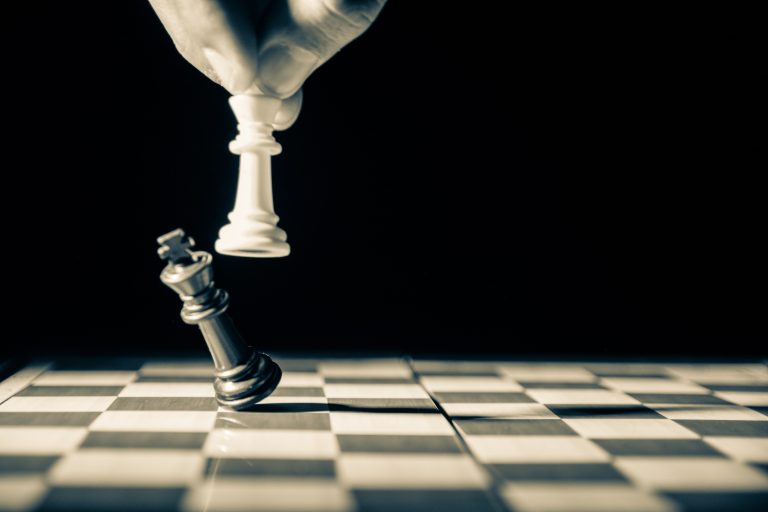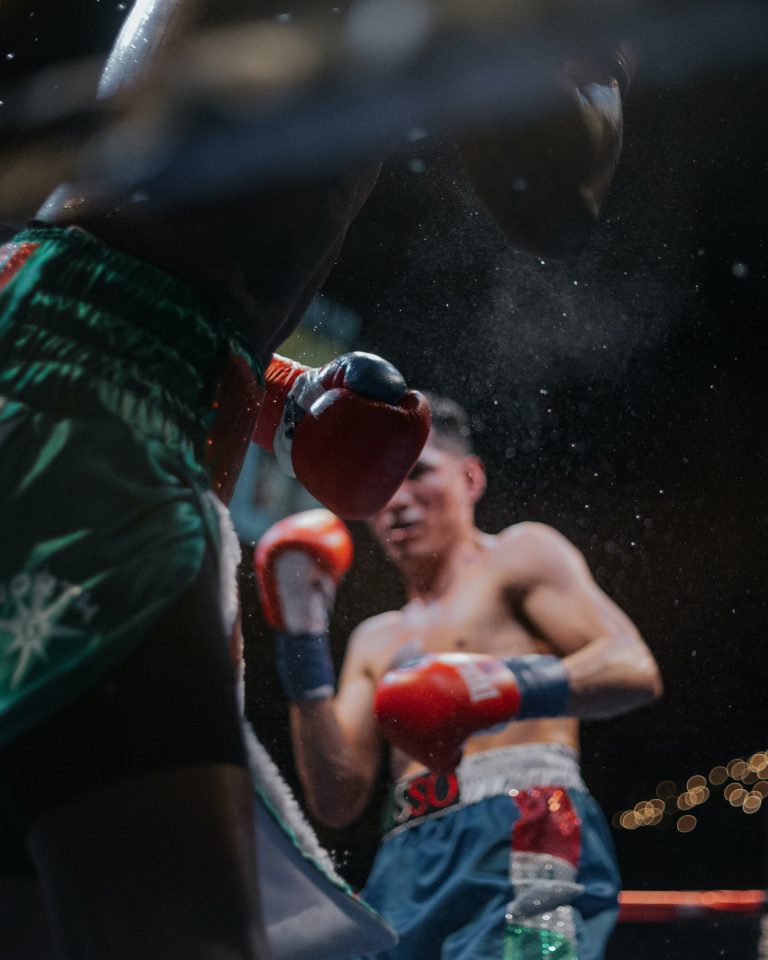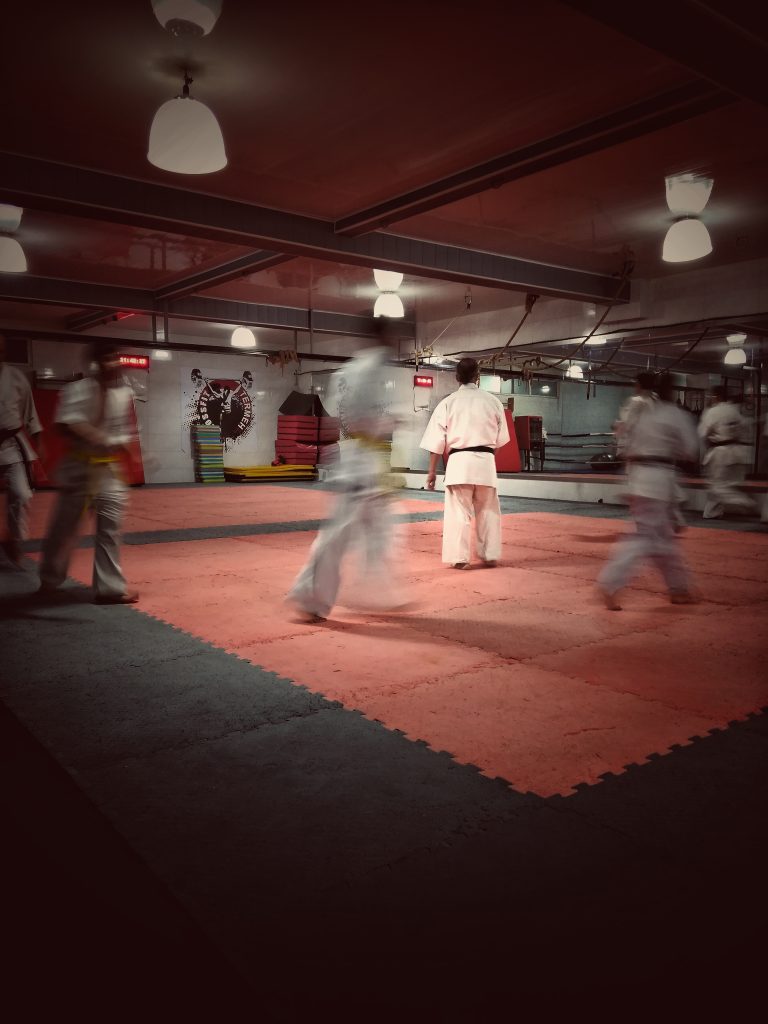What Does Karate Mean? An In-Depth Explanation
Karate is a martial art form that originated in Okinawa, Japan. The term „karate“ itself is derived from two Japanese words: „kara“ meaning „empty“ and „te“ meaning „hand“, which translates to „empty hand.“ It is also sometimes referred to as „the way of the empty hand.“
Karate is a highly respected and widely practiced martial art form that includes a variety of techniques for self-defense and fitness training. It emphasizes the development of physical and mental strength, discipline, respect, and self-control. In this article, we will explore the origin, history, and philosophy of karate, as well as the key principles and techniques that make it unique.
The Origin and History of Karate
Karate has its roots in the Ryukyu Islands, which is now recognized as Okinawa, Japan. The Okinawans developed karate as a means of self-defense against invaders from China and Japan. The practice of karate was kept secret from outsiders by the Okinawans for centuries; however, it eventually spread throughout Japan, and then around the world.
In the early 1900s, karate was introduced to Japan, where it began to gain popularity. During this time, many variations of karate were developed, each with its unique style and philosophy. Today, there are many different schools of karate, each with its own approach to the art form.
The Philosophy of Karate
Beyond being a form of self-defense, karate is a way of life. It emphasizes the development of the mind, body, and spirit. The philosophy of karate is based on a few fundamental principles that include:
Kata
Kata is a series of prearranged movements that simulate a real-life self-defense situation. The purpose of kata is to develop muscle memory and promote mental focus and concentration. Kata is a crucial component of karate training and is often used in competitions.
Kihon
Kihon refers to „basic techniques“ in karate, such as punching and kicking. Kihon is essential for building strength, flexibility, and balance, and is typically the first thing that students learn when beginning a karate practice.
Kumite
Kumite is a form of sparring that is practiced in karate. It involves two people engaging in controlled combat, with the goal of landing successful strikes without causing injury.
The Key Principles of Karate
Karate practitioners adhere to several key principles. The following are some of the most crucial:
Respect
Respect for others and oneself is a fundamental principle in karate. Practitioners are expected to show respect for their instructors, training partners, and opponents.
Discipline
Discipline is essential in karate. Practitioners must discipline their minds and bodies to achieve mastery in the art form. Discipline helps to build mental toughness and strength.
Control
Control is a key aspect of karate training. Practitioners must learn to control their movements, strikes, and emotions, both in and out of the dojo.
What Does Karate Means?
Karate is a martial art that has been practiced for centuries. Although the exact origins of karate are somewhat murky, it is believed to have originated in Okinawa, Japan. The word „karate“ itself means „empty hand“ in Japanese, and though the meaning of this phrase may not be immediately clear, it refers to the fact that karate is a form of self-defense that does not rely on weapons. In this blog post, we will explore some of the most frequently asked questions about what karate means.
What is the History of Karate?
The history of karate dates back over 1,000 years. It is believed that the art of karate was first developed in Okinawa, Japan, as a means of self-defense for the island’s inhabitants. At the time, Okinawa was a very violent place, and many of the island’s inhabitants needed to be able to defend themselves. Over time, karate evolved and became more sophisticated, and it eventually spread to mainland Japan and throughout the world.
What are the Basic Principles of Karate?
The basic principles of karate revolve around discipline, respect, and self-improvement. Practitioners of karate are expected to be respectful of their instructors and fellow students, and to approach their training with a serious and disciplined mindset. Additionally, karate is meant to be a path to self-improvement, and students are encouraged to work on perfecting their techniques and developing their minds and bodies.
How is Karate Practiced?
Karate is typically practiced in a dojo, which is a training hall specifically designed for martial arts practice. Practitioners of karate wear a uniform called a gi, which is typically white and consists of a jacket, pants, and a belt. During training sessions, students work on perfecting their techniques, such as punches, kicks, blocks, and throws. They may also train with partners, practicing self-defense techniques and sparring.
What are Some Benefits of Practicing Karate?
There are many benefits to practicing karate. For starters, it is a great form of exercise that can help improve strength, flexibility, balance, and stamina. Additionally, karate can help improve a person’s focus, discipline, and self-confidence. It can also be a great stress reliever, as it provides an outlet for physical and mental tension.
How Long Does it Take to Learn Karate?
The length of time it takes to learn karate can vary widely depending on a number of factors, including a person’s level of commitment, natural ability, and the frequency of their training. In general, it may take several months to several years to become proficient in basic karate techniques. However, it can take many years of dedicated practice to attain mastery of the art.
How to Understand the Meaning of Karate
Karate is a Japanese martial art that originated in the Ryukyu Kingdom during the 19th century. The word „Karate“ is composed of two Japanese words: kara (空), which means „empty,“ and te (手), which means „hand.“ Karate, therefore, means „empty hand.“ It is a self-defense system that primarily focuses on striking techniques like punches, kicks, knees, and elbows. This blog post provides a step-by-step guide on how to understand the meaning of karate.
Step 1: Learn the History of Karate
The history of karate dates back to the Ryukyu Kingdom, which is now known as Okinawa, a Japanese island. Initially, it was known as „Tode“ in Okinawa, which means „Chinese hand“ due to its Chinese influence. However, when karate was introduced to Japan, the name changed to karate, which means „empty hand.“ Learning about the history will help you understand the cultural and regional influences and the development of the martial art over time.
Step 2: Study the Basic Techniques and Forms
One of the essential aspects of understanding karate is studying the basic techniques and forms. Some of the fundamental techniques include punches, kicks, strikes, blocks, and stances. Kata, which means „form,“ is a series of movements that include blocks, kicks, and punches performed in a specific sequence. Practicing the basic techniques and forms will help you understand the fundamental principles of karate and develop a solid foundation for more advanced techniques.
Step 3: Understand the Philosophy of Karate
Karate is not only a physical practice but also has a philosophical aspect. The philosophy of karate is based on the concept of „Do,“ which means „the way.“ This concept emphasizes the importance of discipline, respect, courage, and humility. Understanding the philosophical aspect will help you develop a deeper connection with karate and its origins.
Step 4: Practice Self-Defense Techniques
Self-defense is a crucial aspect of karate, and learning self-defense techniques will help you understand how to use karate in real-life situations. Self-defense techniques involve understanding and identifying potential threats and knowing how to defend oneself using karate techniques. Practicing self-defense techniques will give you confidence and the ability to protect yourself and others.
Step 5: Participate in Karate Classes
The best way to understand karate is to participate in karate classes. Karate classes are led by experienced instructors who will guide you through the process of learning karate techniques and forms, and also provide opportunities to practice the physical techniques in a safe and controlled environment. Participating in karate classes will also allow you to interact with other students, which will help you learn from their experiences and gain a sense of community.
Step 6: Continue to Learn
Learning karate is a lifelong journey that requires continuous practice and dedication. By continuing to learn and practice karate, you will develop a deeper understanding of the martial art and its principles, and also improve your physical and mental abilities.
In conclusion, understanding the meaning of karate requires studying its history, learning the basic techniques and forms, understanding its philosophy, practicing self-defense techniques, participating in karate classes, and continually learning. By following these steps, you can develop a deeper understanding and appreciation for the martial art of karate.
Inhaltsverzeichnis

